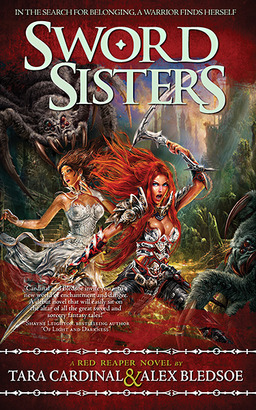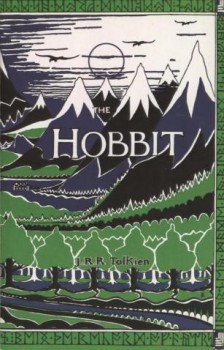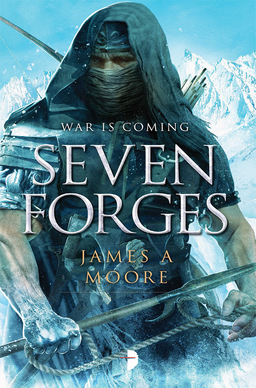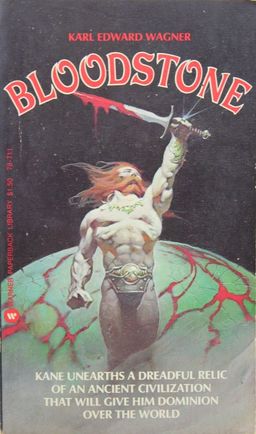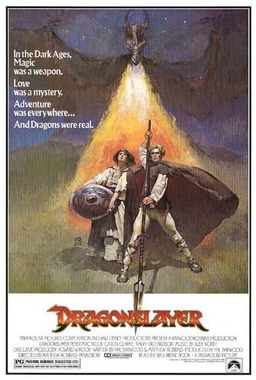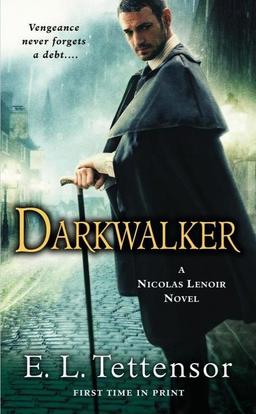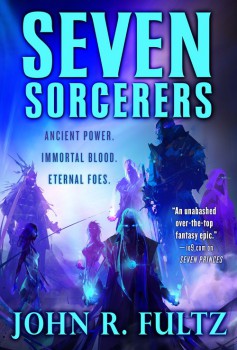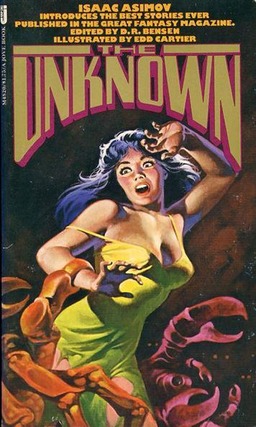The Finest Sword & Sorcery: Announcing the Winners of the Stalking the Beast Contest
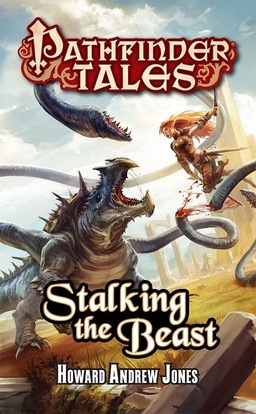 Last month we invited Black Gate readers to tell us about the best sword & sorcery tale they’d ever read, in one paragraph or less.
Last month we invited Black Gate readers to tell us about the best sword & sorcery tale they’d ever read, in one paragraph or less.
In return, we offered to award a copy of Howard Andrew Jones’ terrific new Pathfinder Tales book, Stalking the Beast, the follow-up to his hit Pathfinder release Plague of Shadows from Paizo Publishing, to five lucky winners.
Those five winners were randomly drawn from the list of all qualified entrants.
Before we announce the winners, let’s have a look at some of the story suggestions. As much as we’d like to, we can’t reprint all the entries we received, so we’ll limit it to the 10 we found most insightful, well written, or intriguing. In the interest of diversity, we’ll limit our sampling to one entry for each author or major work. (But fret not — all qualifying entries received before December 1st were included in the drawing.)
We’ll start with David Kahler, who kicks things off in excellent fashion with the tales of Fritz Leiber:
My favorite Sword and Sorcery book is Fritz Leiber’s Swords Against Wizardry, a Fafhrd and Grey Mouser tale. From the very beginning, when the pair consult an old hag ( because, according to Fafhrd, before embarking on any great enterprise, it’s customary to consult a warlock or witch”) to the Lords of Quarmall and the battles with Hasjarl’s wizards, Swords Against Wizardry is (IMHO) one of the best of Leiber’s tales. His prose is superb, and the action sequences just as good. Fafhrd and Grey Mouser epitomize the “Neutral-Good” actions of adventurers who (even while they seek to enrich themselves) strive to do the right thing even if the “wrong” course of action would have been easier and more convenient. Thanks for the opportunity to win HAJ’s latest book! I always enjoy finding new reads and authors on your site. Keep up the good work!
You’re most welcome, David. Thanks for the enthusiastic entry — and good luck!
